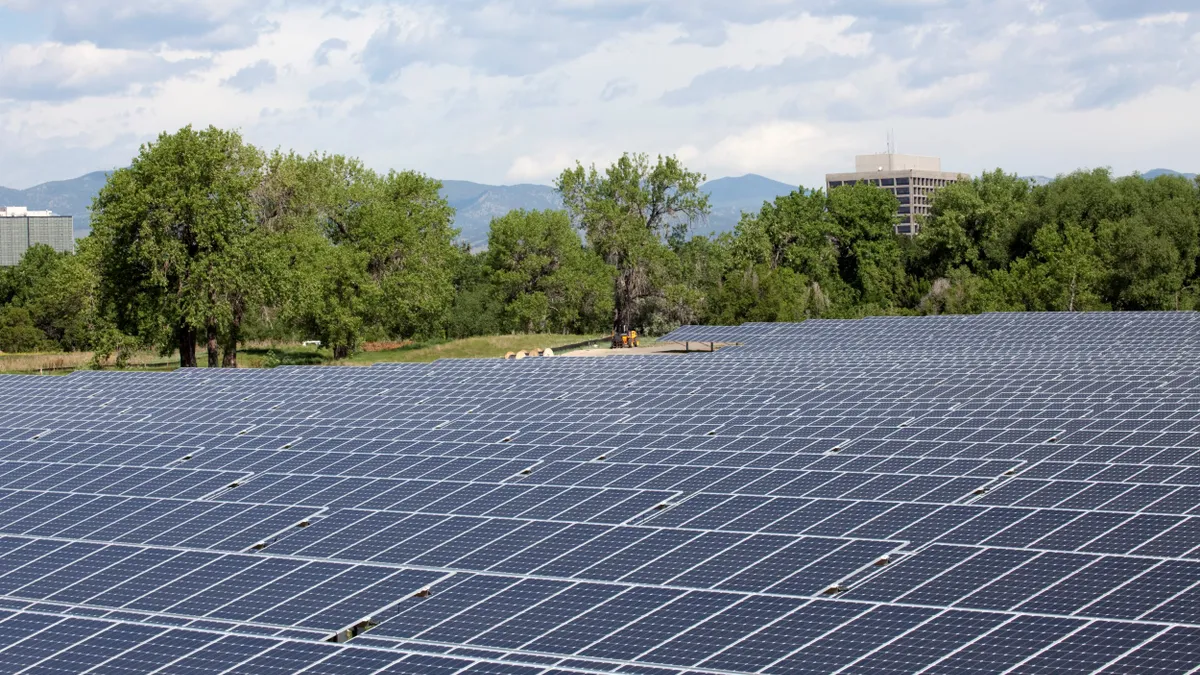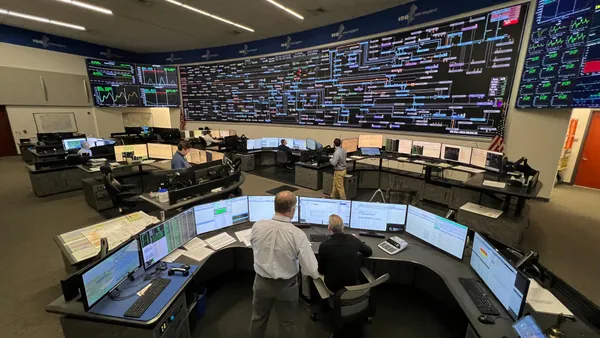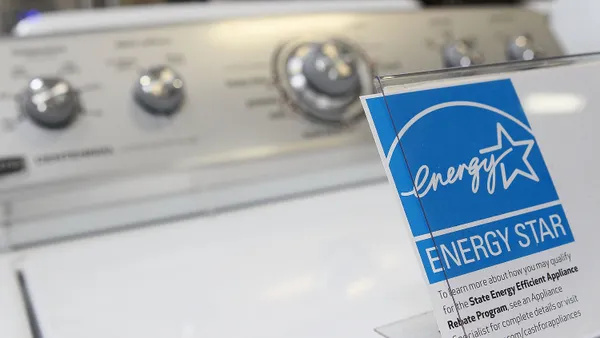Dive Brief:
- The U.S. Supreme Court is unlikely to issue a decision on FERC Order 745 before the end of the year, SNL reports, and if the court holds true to form, the next likely date for a decision will be the middle of January, SNL Energy reports.
- The court heard oral arguments in October, centered on whether or not federal regulators overstepped in directing payments for demand response in wholesale markets. It is the most high-profile energy case of the year, and it will likely have wide-ranging ramifications for demand management, distributed energy resources, and the federal government's role in power markets.
- While some had expected a quick decision based on how arguments played out before the justices, it now appears that the second week of January will be the first date a decision could be issued.
Dive Insight:
Monday was a disappointing day for demand response observers looking for a decision from the Supreme Court. SNL breaks down the court's usual patterns for releasing decisions, and has predicted Jan. 11 as the next likely day for a decision.
Dec. 14 was the last day the court was active this year, and decisions are normally posted on those days in the morning. The court will not sit again until next year. SNL predicts the lengthy deliberations could be a good sign for those backing FERC, and downplayed the idea of a 4-4 split decision that would let a D.C. Circuit Court's ruling stand.
A division is possible because Justice Samuel Alito Jr. has recused himself from the case, but split decisions are usually announced quickly after oral arguments, according to SNL.
The D.C. Circuit Court last year vacated Order 745, and the debate has focused on whether FERC "reasonably concluded" it has authority over demand response markets. The Electric Power Supply Association, the trade group for competitive power suppliers, challenged FERC's rule, claiming the commission overstepped its bounds and was regulating retail markets, which fall under state jurisdiction.
"FERC has no more jurisdiction to regulate retail-level 'demand response' through payments to retail customers than it does to raise retail prices directly," EPSA wrote in a brief filed with the court. "The regulation of payments to retail customers to consume less electricity at retail is fundamentally the regulation of retail sales and rates."
The amount of deference yielded to federal agencies is a key issue in the case, and the court at times appeared skeptical of FERC's claims. Justices Antonin Scalia, Elena Kagan and Sonia Sotomayor in particular began expressing worries over the amount of deference being given to federal agencies during the Dec. 2014 arguments.
Such issues were at the core of a recent Supreme Court case regarding the EPA's Mercury and Air Toxics Standards (MATS), a regulatory package the justices rejected in a 5-4 decision because they found the agency did not properly address costs of the regulation before it began to write it. The agency held that it addressed costs at multiple times thoroughout the drafting process, and some critics labeled the decision "persnickety," calling for more judicial deference to the EPA.
Despite the Supreme Court rejection in June, the D.C. Circuit ruled this week that the EPA will be allowed to enforce the MATS rule as the agency fixes the cost issue.













